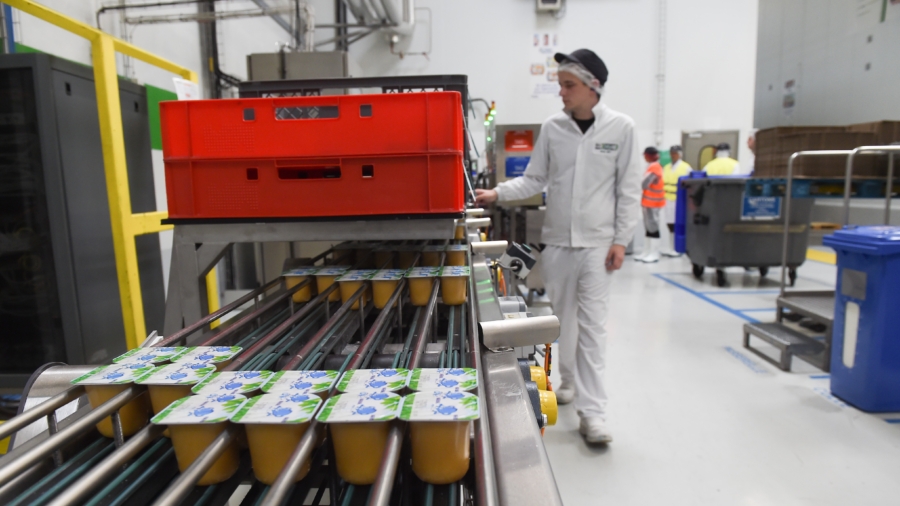The Food and Drug Administration (FDA) on Tuesday recommended specific levels of lead that are considered safe in different types of food intended for babies and young children in an effort to mitigate any potential risks to children under two.
The draft guidance sets out “action levels” for the relevant industry, which the FDA said would result in “significant reductions in exposures to lead from food while ensuring availability of nutritious foods.”
FDA Commissioner Dr. Robert Califf estimated that the limitations proposed for the products covered in the draft guidance could result in as much as a 24–27 percent reduction in exposure to lead from these food products.
“The proposed action levels announced today, along with our continued work with our state and federal partners, and with industry and growers to identify mitigation strategies, will result in long-term, meaningful and sustainable reductions in the exposure to this contaminant from foods,” Califf said in a statement.
The draft guidance relates to foods packaged in jars, pouches, tubs, and boxes for babies and children under two.
For fruits, vegetables (excluding single-ingredient root vegetables), mixtures (including grain and meat-based mixtures), yogurts, custards/puddings, and single-ingredient meats, the recommended level is 10 parts per billion (ppb). For single-ingredient root vegetables, the recommended level is 20 ppb, and for dry cereals, the recommended level is also 20 ppb.
The agency said it uses action levels as a tool to lower chemical contaminants in food when a certain level of a contaminant is unavoidable, such as due to environmental factors. Certain factors are considered when determining the action levels, such as the level of lead that can be in food without dietary exposure exceeding the FDA’s Interim Reference Level, a measure of the impact of lead in food on blood lead levels.
An FDA official said the guidance has proposed actions for industry, not consumers.
“The action levels in today’s draft guidance are not intended to direct consumers in making food choices,” said Susan Mayne, director of the FDA’s Center for Food Safety and Applied Nutrition.
Mayne said parents should support “child growth and development” by feeding children a “varied and nutrient-dense diet across and within the main food groups of vegetables, fruits, grains, dairy and protein foods.”
“This approach helps your children get important nutrients and may reduce potential harmful effects from exposure to contaminants from foods that take up contaminants from the environment,” she said.
Lead
Although the agency’s guidance is non-binding, the FDA expects the “industry will strive for continual reduction of this contaminant.” While non-binding, the FDA could use the guidance as a basis for enforcement actions if companies are found to be non-compliant.
As a toxic heavy metal, lead can harm the brain, nervous system, and other vital organs, particularly in children. Even at low levels, lead exposure can still harm young children and babies, as their brains and nervous system are still developing.
Lead can be found in fruits and vegetables grown in lead-contaminated soil, and certain food packaging materials like cans coasted with lead-based paint. It’s also found in contaminated water. The agency evaluates the potential risk of contamination in foods, noting that the presence of lead doesn’t mean the food is unsafe to eat.
The FDA said it’s not possible to entirely remove lead from the food supply, but the recommended action levels are expected to push manufacturers to implement measures to lower lead levels in their food products below the proposed action level.
“For more than 30 years, the FDA has been working to reduce exposure to lead, and other environmental contaminants, from foods. This work has resulted in a dramatic decline in lead exposure from foods since the mid-1980s,” Califf said.
Lead exposure in young children and babies has reduced by 97 percent since the 1980s, according to the FDA (pdf). This was the result of actions taken in the 1970s, the agency said.
From The Epoch Times


